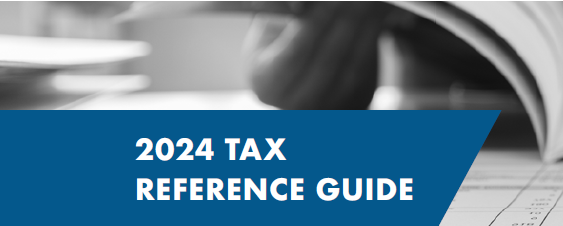These tax tables are designed to offer a quick summary of tax brackets and taxes for: personal income, capital gains, children, and both employer and personal retirement plans.


These tax tables are designed to offer a quick summary of tax brackets and taxes for: personal income, capital gains, children, and both employer and personal retirement plans.

Because of the restrictive nature of the 457 rules and the addition of 21% excise tax under Section 4690, many tax-exempt organizations have looked to split-dollar life insurance as an alternative way of providing executive retirement benefits.

Split Dollar arrangements offer an array of attractive planning opportunities for companies to provide meaningful benefits to key executives. In this video, Principal John Gagnon, answers the question “What is Split Dollar Insurance?” and discusses the components, process and reasons why companies choose to implement a Split Dollar arrangement.

Offering retirement benefit plans using life insurance has long been an important element of an employer’s ability to attract, retain, and reward their key management employees. While the 457(f) Retirement Plan and Collateral Assignment Split-Dollar (CASD) Plan both have the potential to provide meaningful benefits to employees, important tax, financial, and operational differences exist. The following tables will compare the plans and their impact from a participant and company perspective.